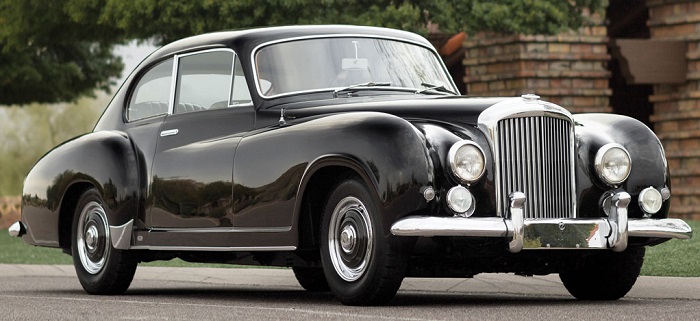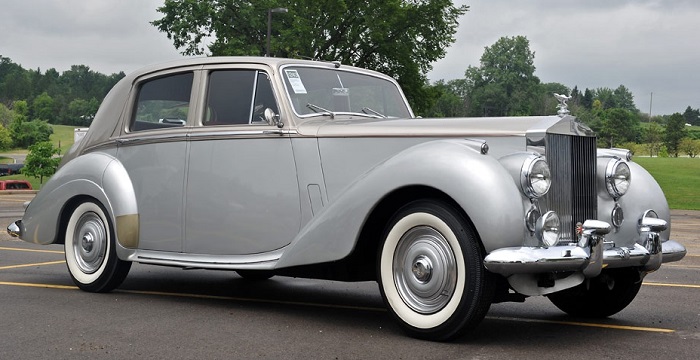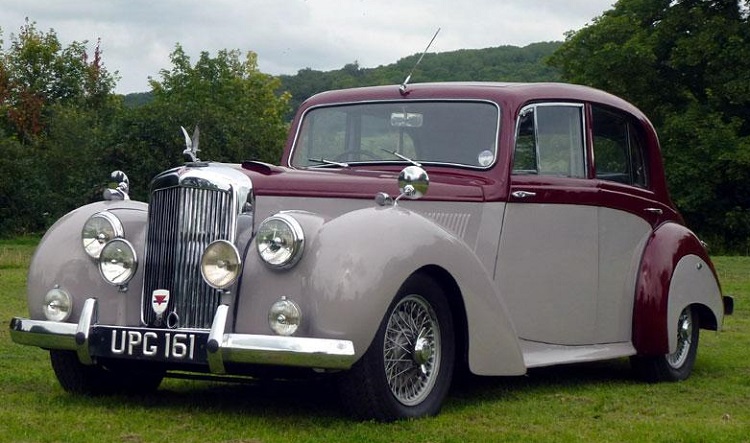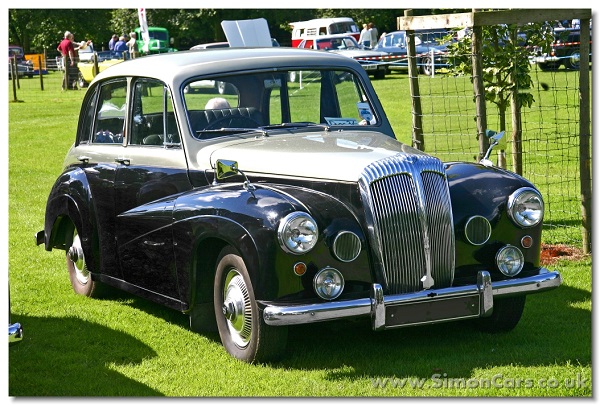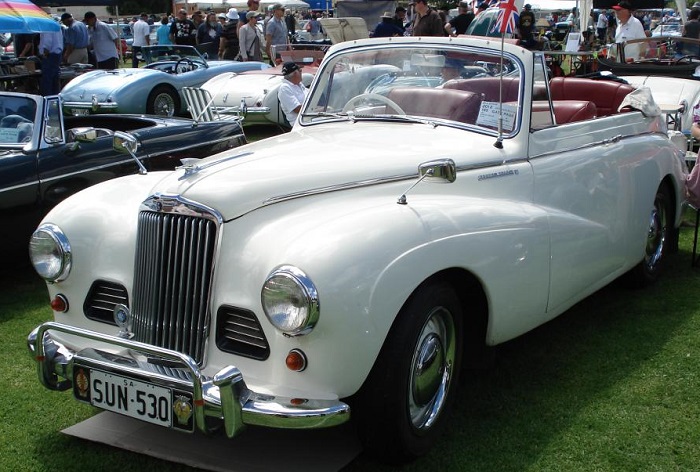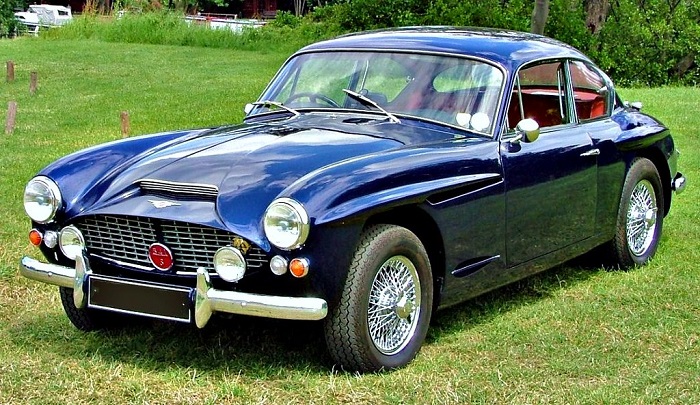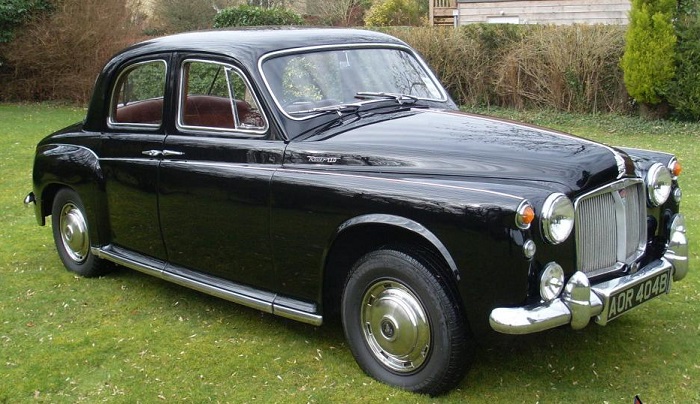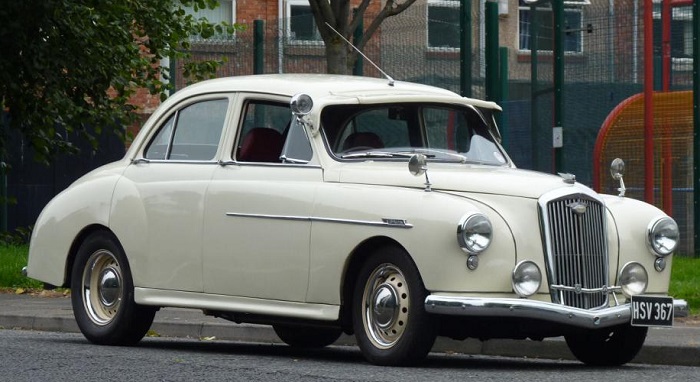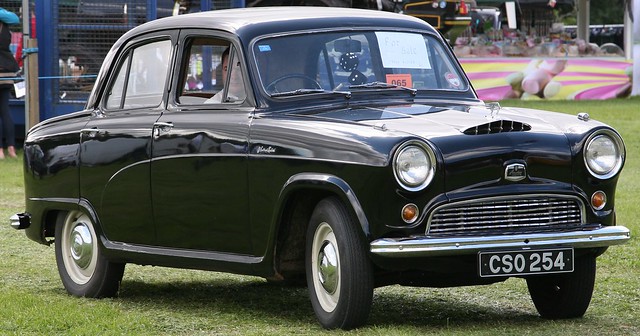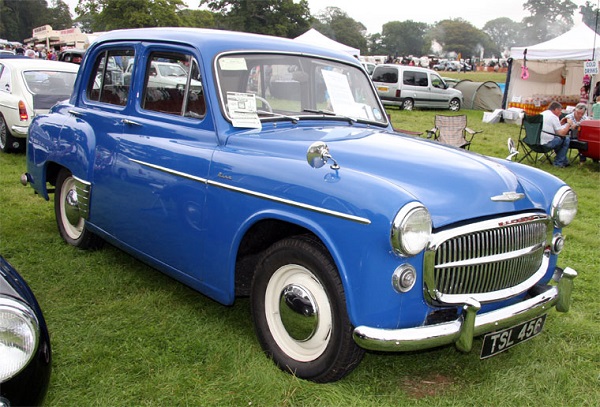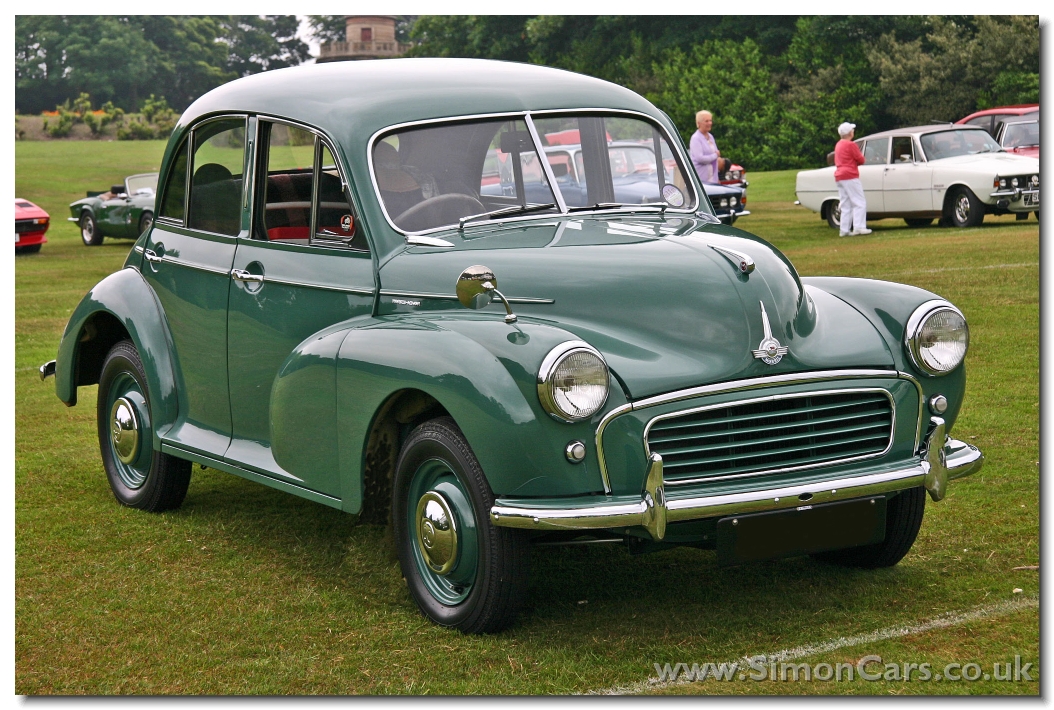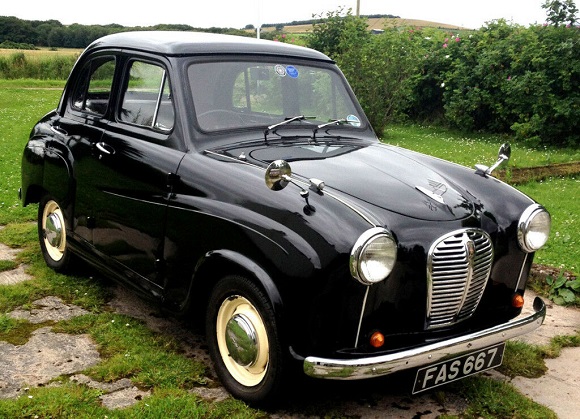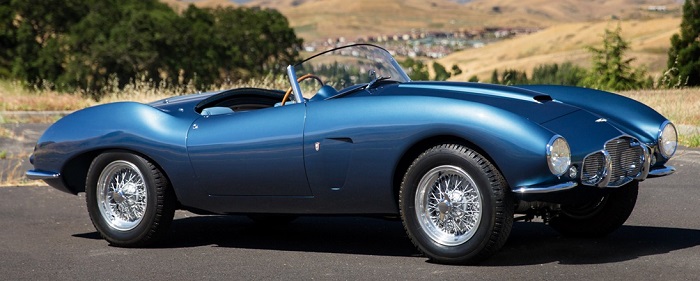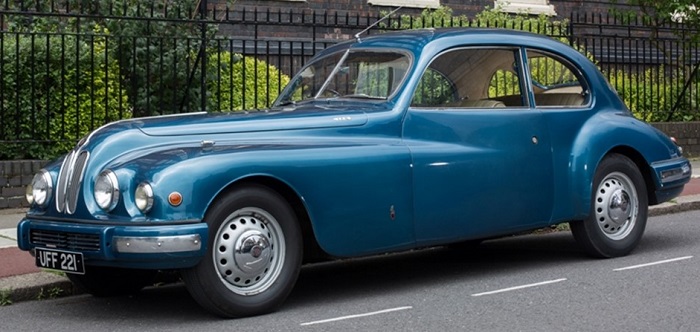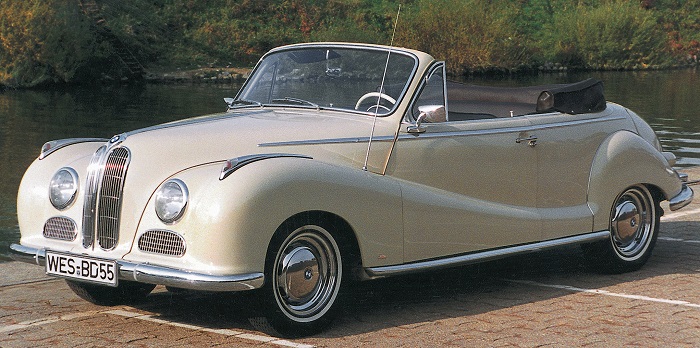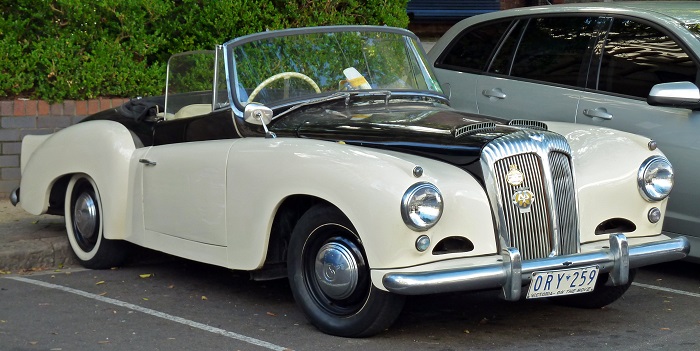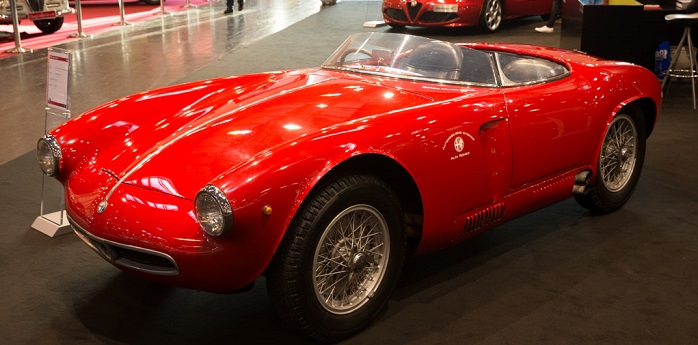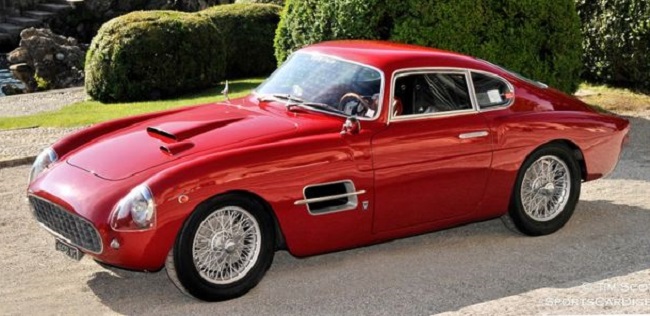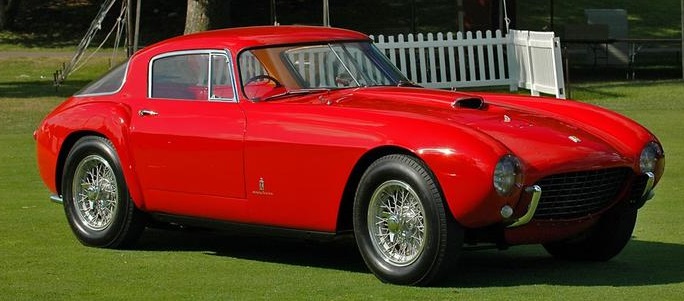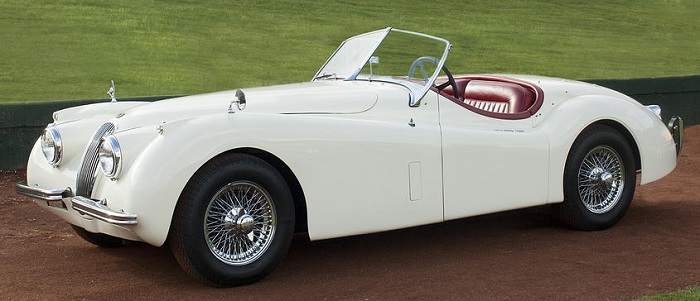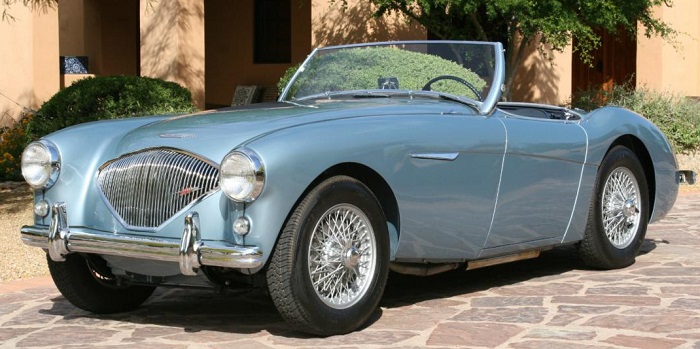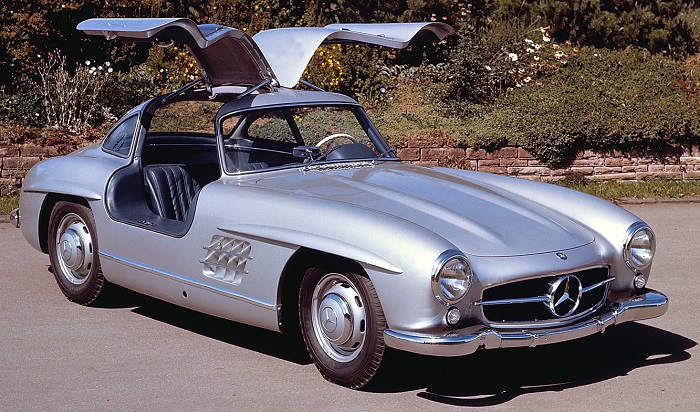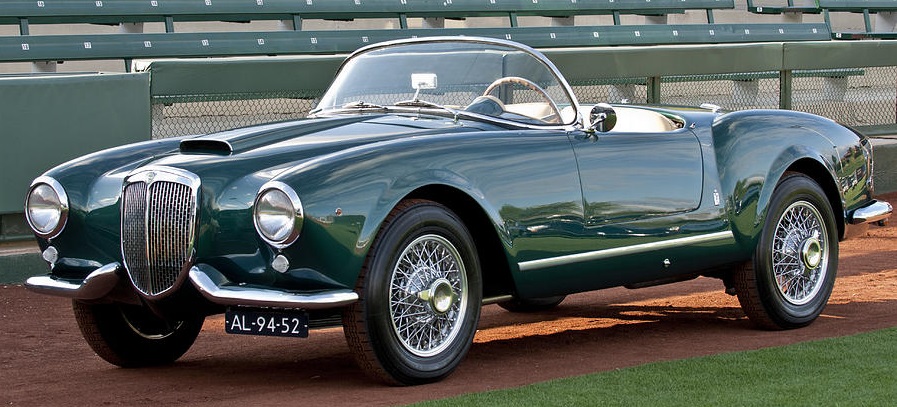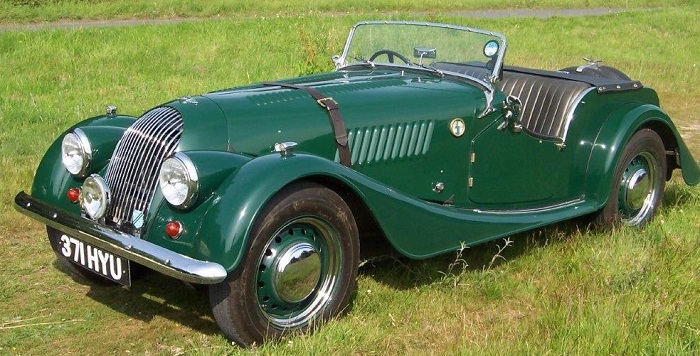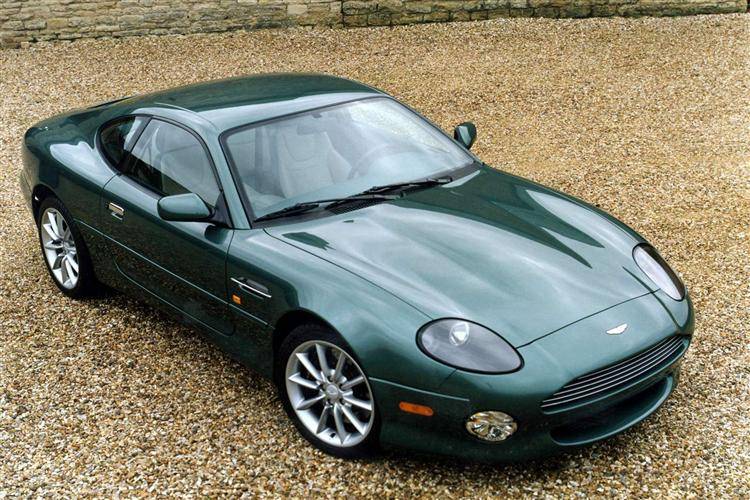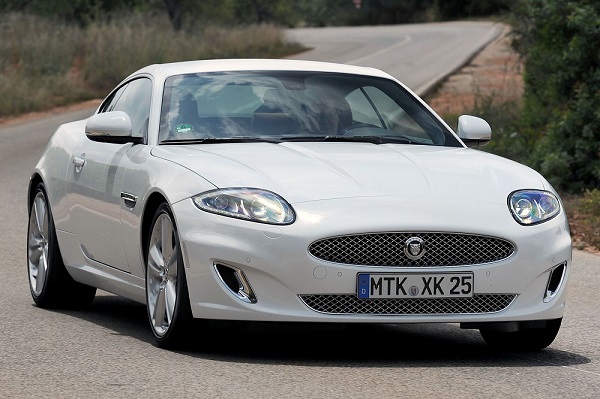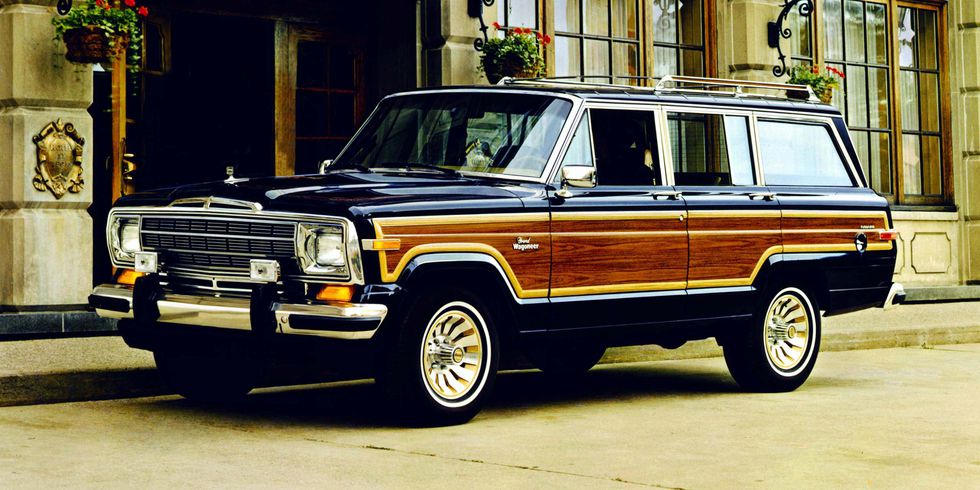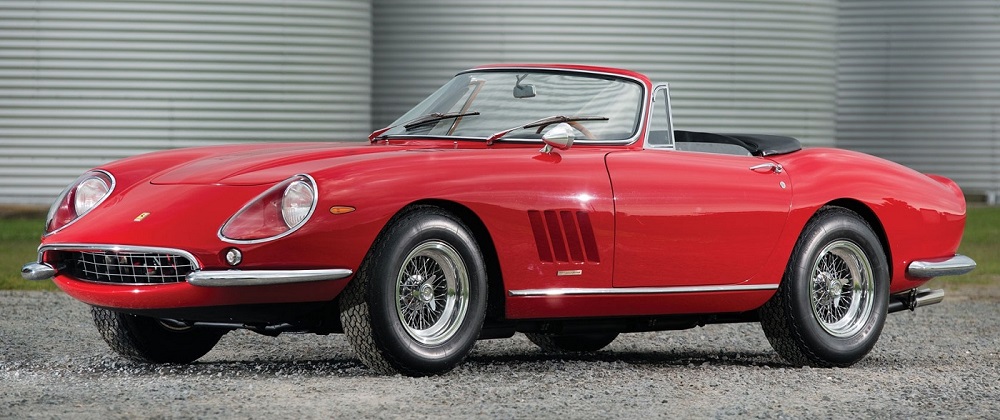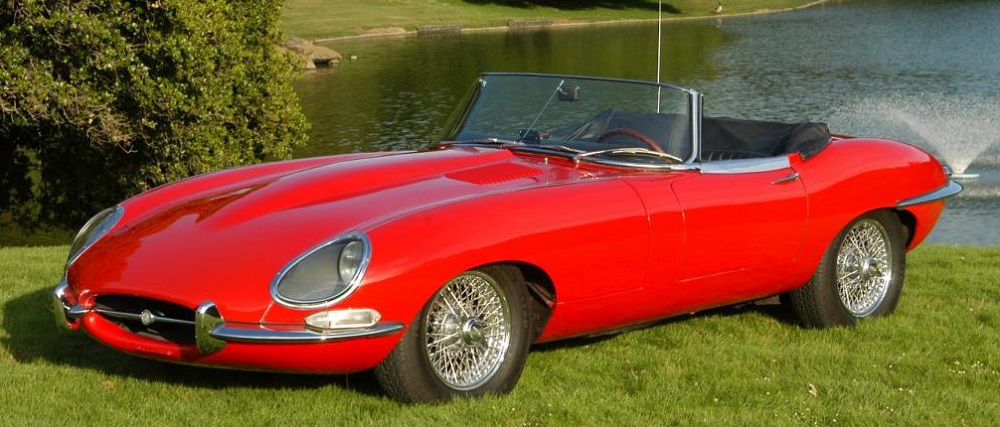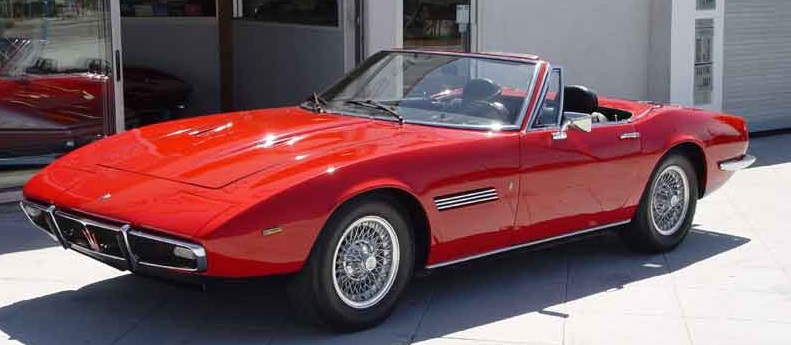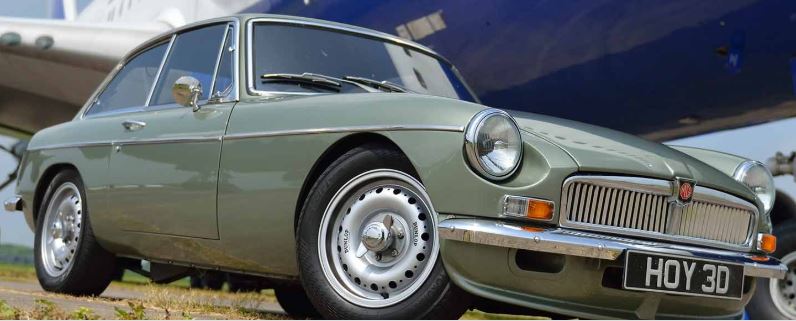In my yoot, I never saw many of the 1954-model European cars featured below, which may have been a Good Thing. Let me start off with the ones I did see on the streets of Johannesburg:
Mercedes 300 S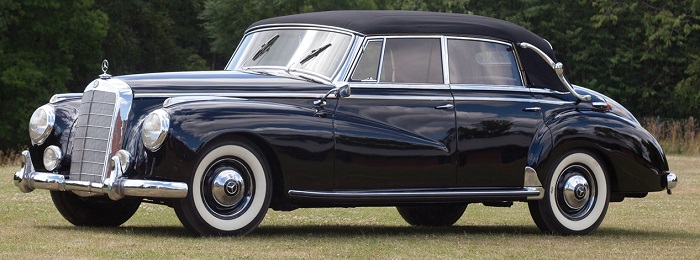
Citroen Traction Avant 15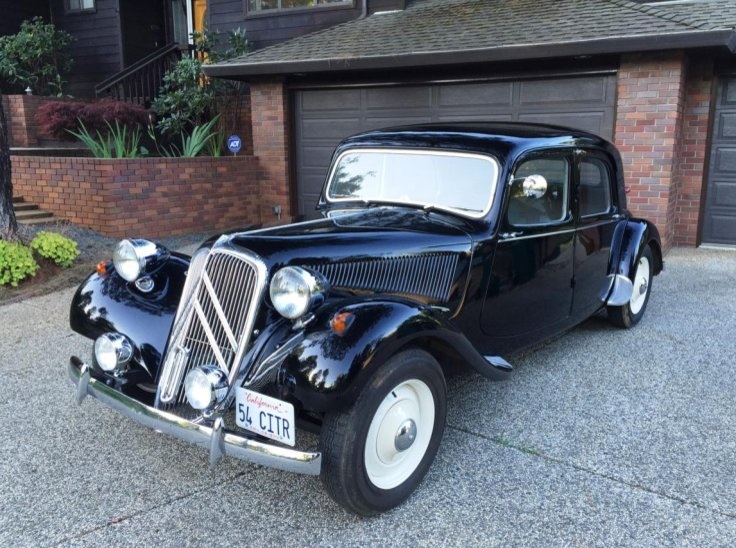
Renault 4CV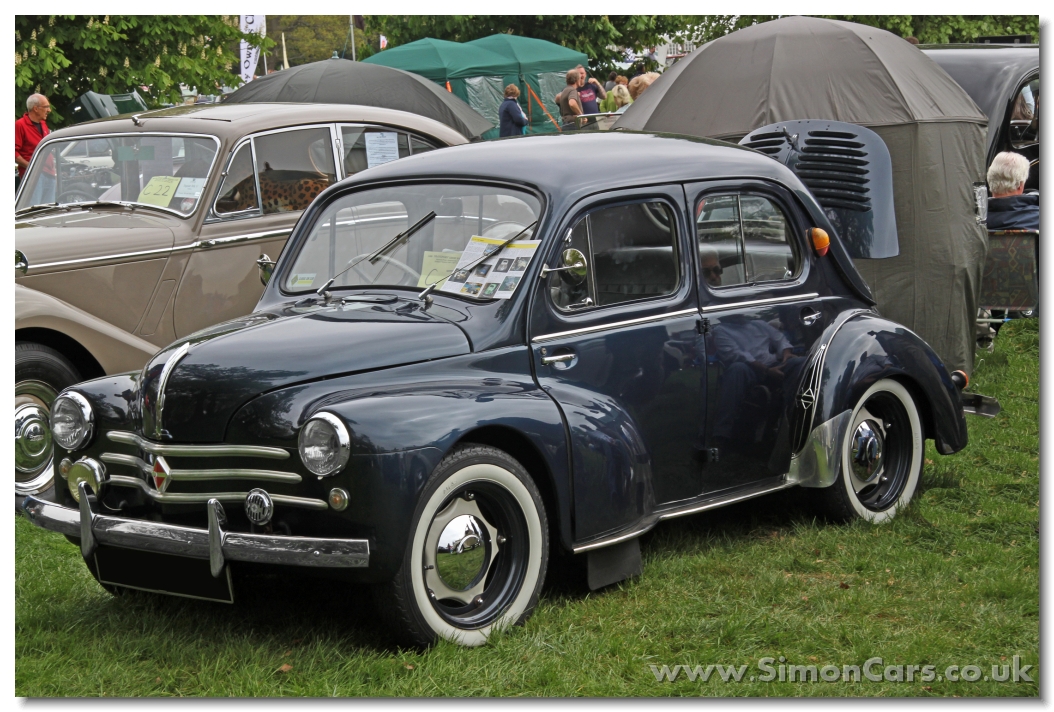
And the reason I saw the Renault at all may have been that it was assembled in Britishland from French parts, and imported into South Africa. The following, however, could have been seen on the roads of Euroland back in the late 1950s and early 1960s:
Peugeot 203 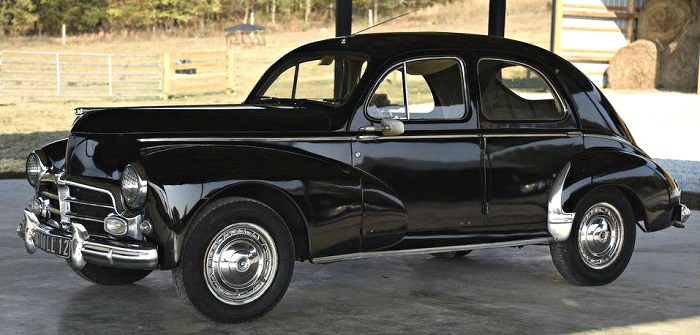
Renault Fregate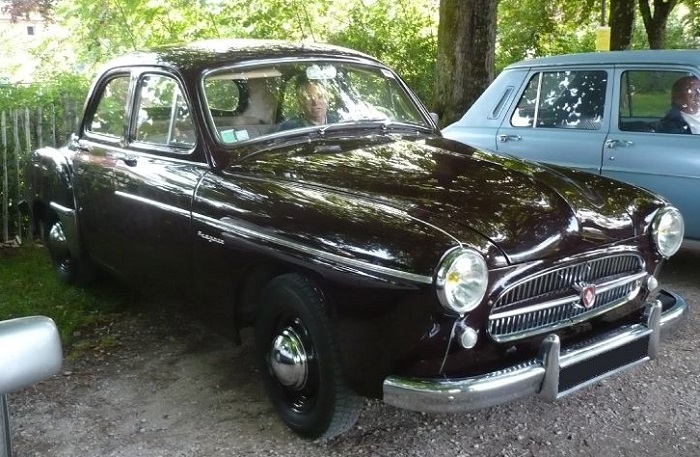
Simca Grand (“large”, not “grand”)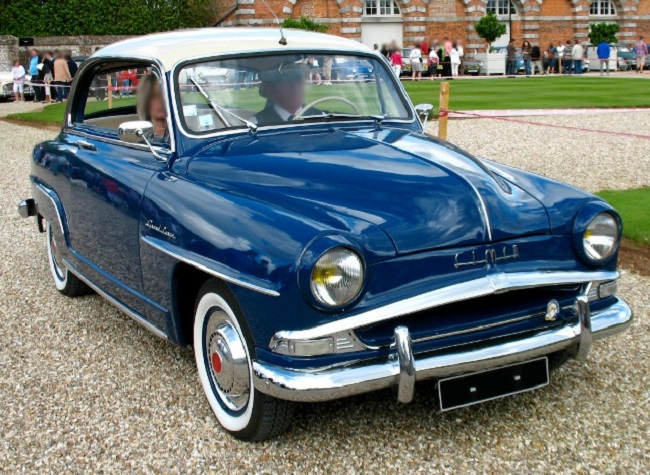
…as opposed to the small Simca DV:
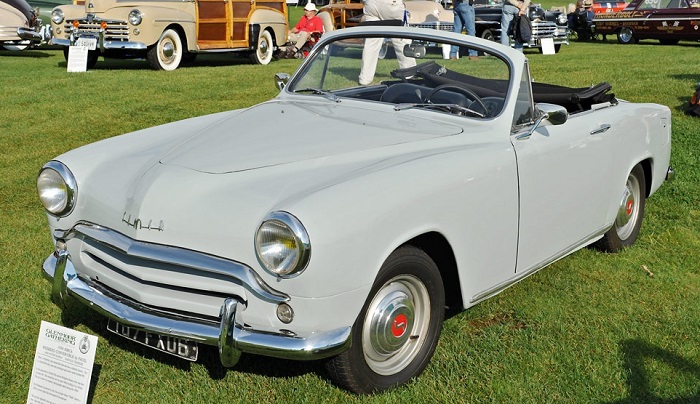
Lancia B20 GT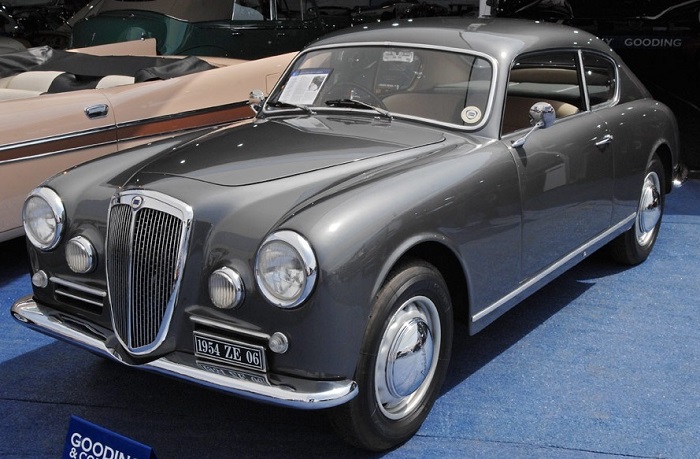
Hotchkiss Gregoire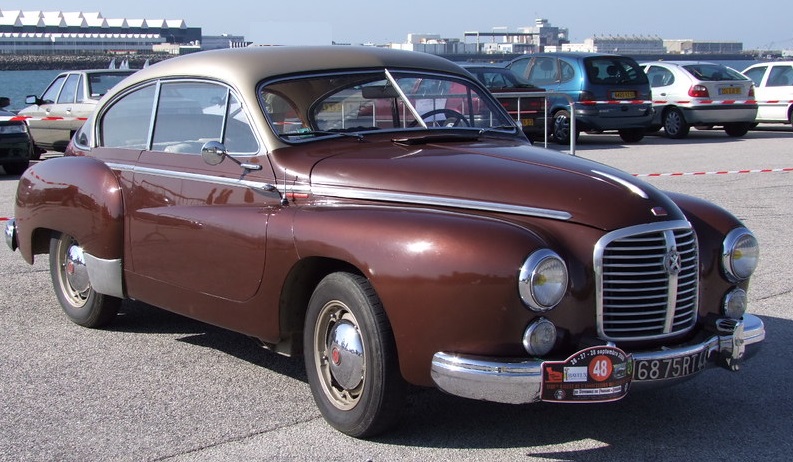
…although fewer than 300 of these monsters were ever made, so you might NOT have seen one.
Even Alfa Romeo got into the “touring” groove:
1954 Alfa Romeo 1900C SS Touring
Of all the above, only the Alfa (because Alfa), Lancia (because Lancia) and Mercedes 300 (because engineering) would have my vote in the “old cars Kim would want to own because birth year”.
There was one more, though, that would definitely make the list because it had the first V8 engine ever mounted in a German car:
BMW 502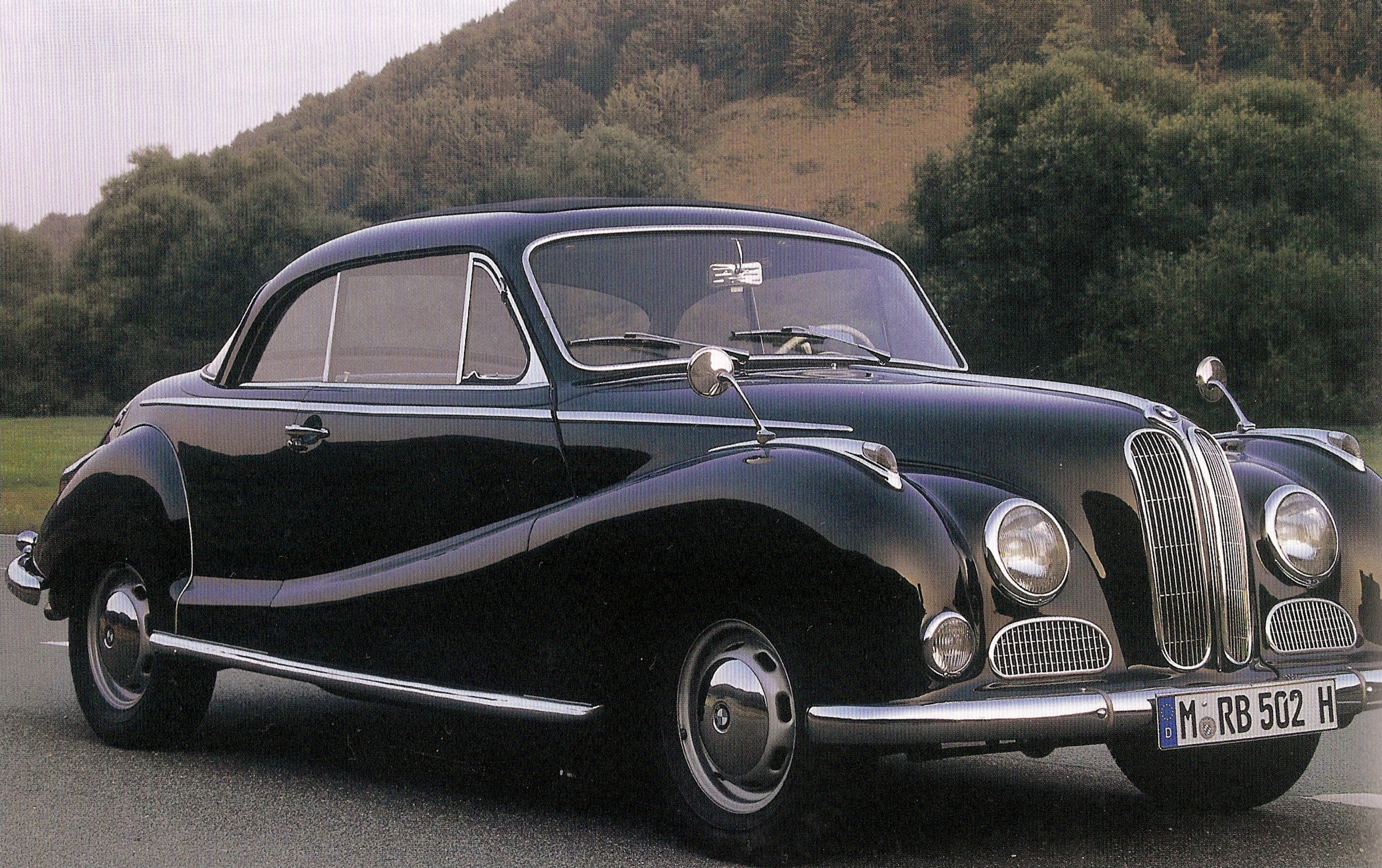
Except that I’d have preferred the rag-top model:
BMW 502 Baur Cabriolet
Oooooh, yummy. Kim likes.
Next week, we’ll be looking at the 1954 Murkin cars. Try to contain yourselves.

